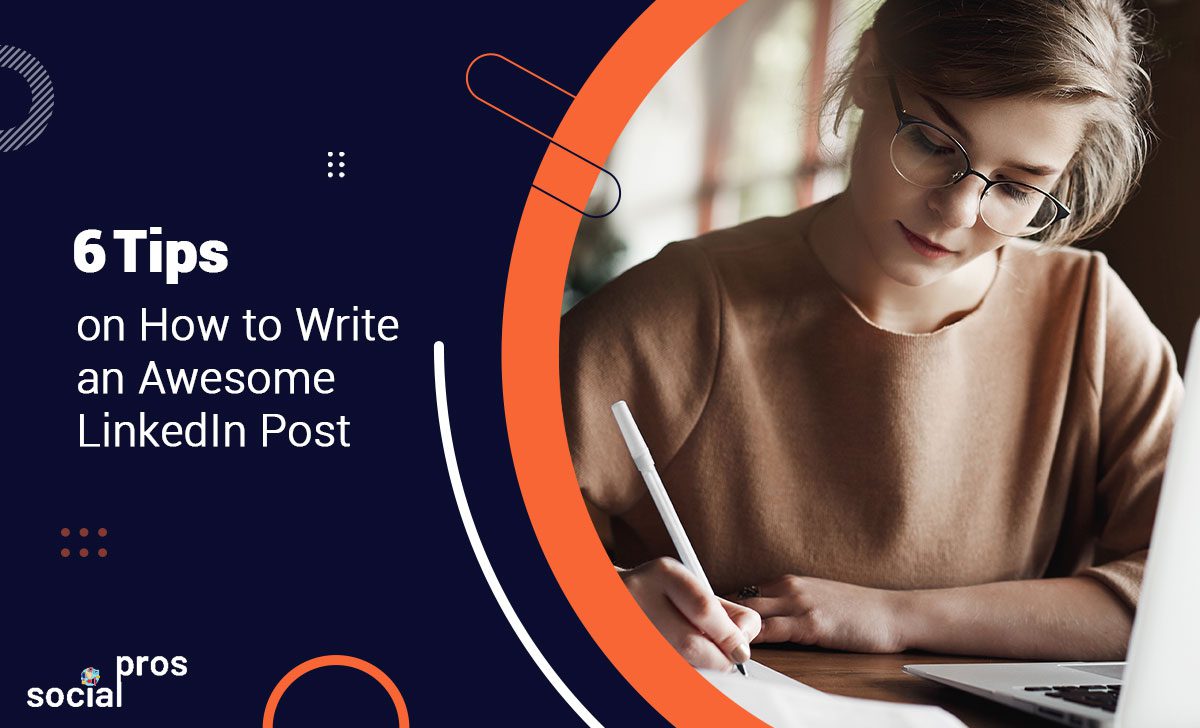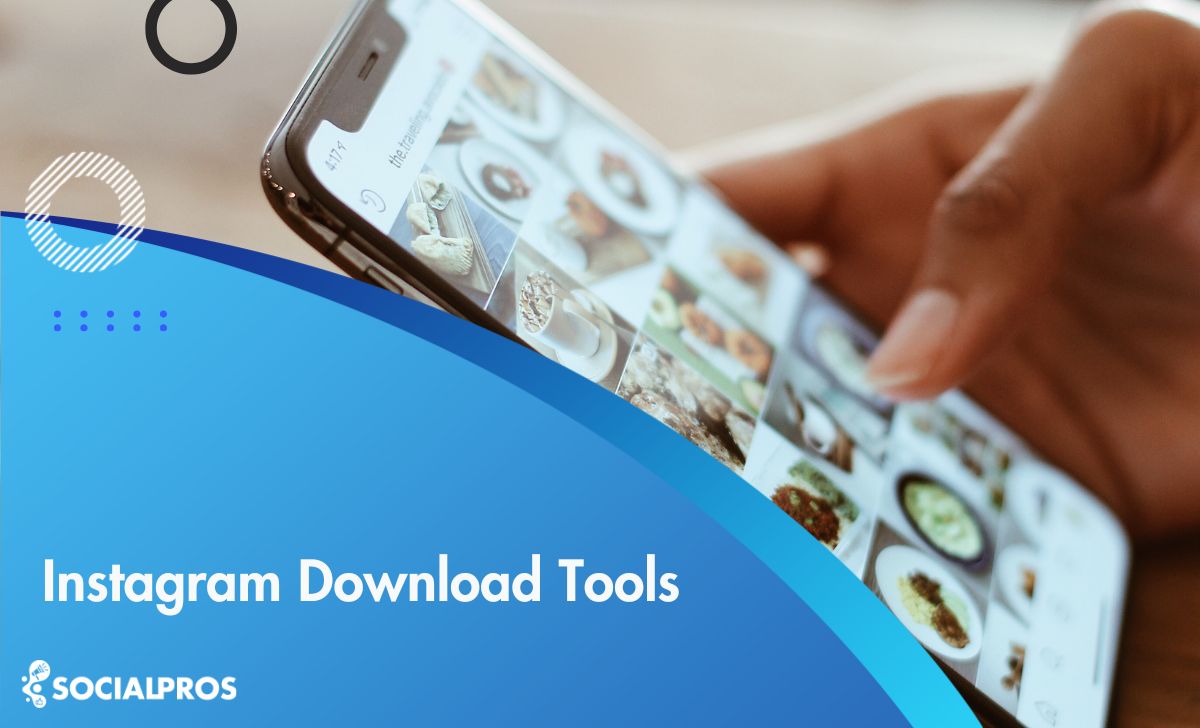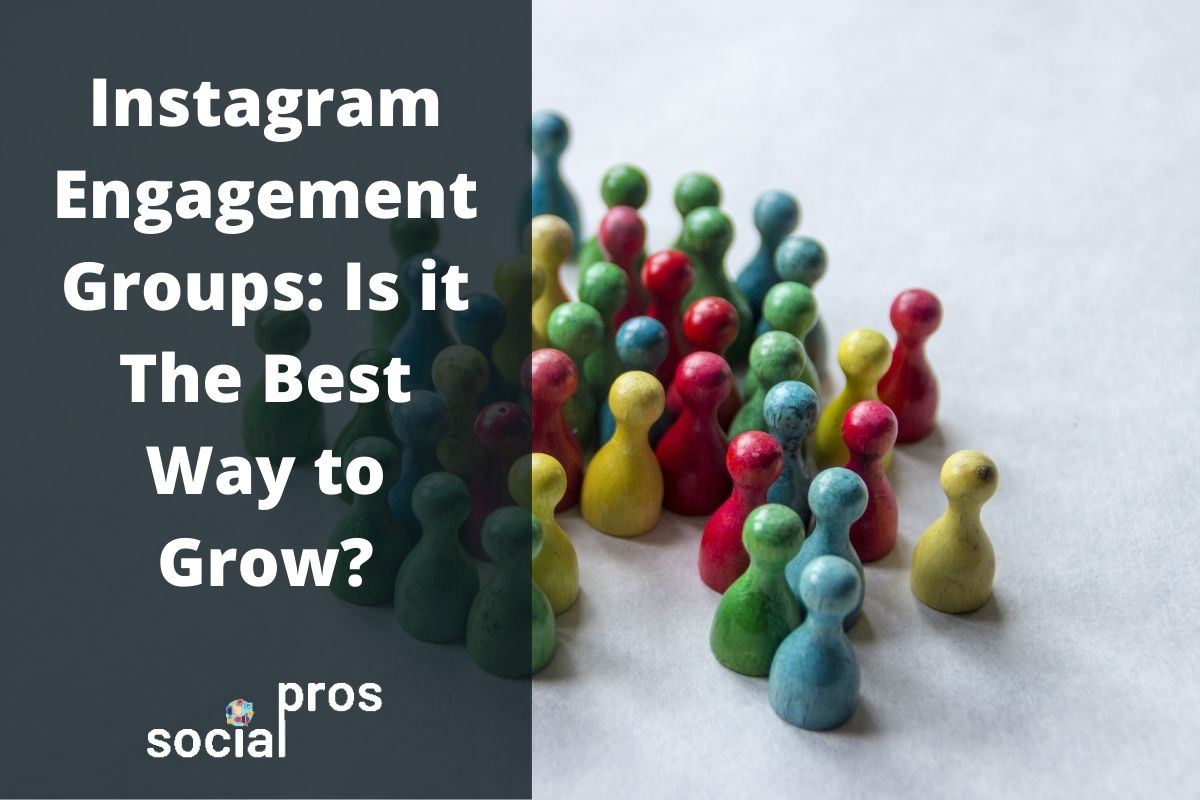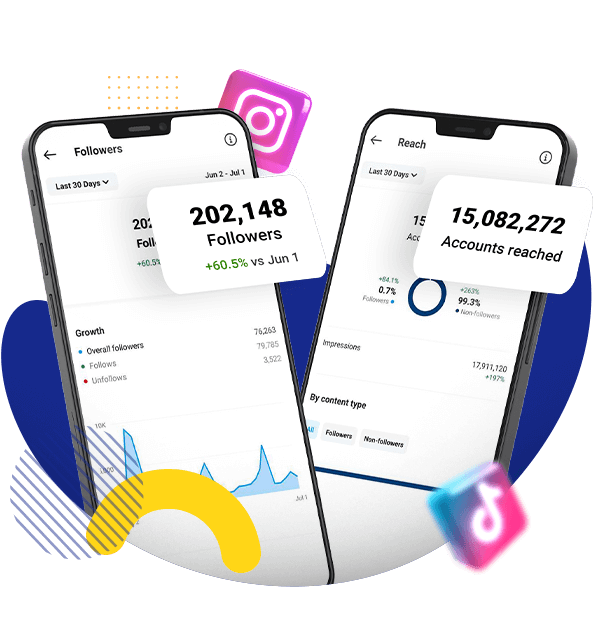Page Contents
LinkedIn has opened the borders to a world of information with its innovative publishing feature. It’s an incredible opportunity to promote your writing to a professional audience. Their blogging function has become a powerful tool for marketers, helping them interact with the audience and strengthen ties with potentials that would otherwise be hard to reach. That’s not something you can say about a regular WordPress site. But, delivering the content is only half the fun. You also have to learn how to write pieces that entice readers and motivate them to take action, and that’s when these tips come in handy when writing a LinkedIn post.
How to Create an Awesome LinkedIn Post: 6 Tips
Write a Shiny Headline
The essential aspect of a LinkedIn post is usually the headline. BuzzFeed, for instance, has based its businesses on creating material with compelling headlines. When posting on LinkedIn, a strong title may win or bust.
An analysis-based method makes it easy to create a high-performing LinkedIn headline. BuzzSumo looked over 10,000 of the most popular LinkedIn posts and came up with a few intriguing findings.
Some keywords might directly help your headline perform better:
- HABITS – this term in headlines made an average of 1,196 shares
- MISTAKES – an average of 556 shares
- SUCCESSFUL – an average of 416 shares
- LEADER(S) – an average of 483 shares
When creating your LinkedIn title, keep the amount of the text in mind. The most effective headlines include 40 to 49 characters on average. You may also examine the material that influencers in your field post and the headlines that they pick. Take notice of the style and which headlines are the most effective, and then apply these tactics to your own material.
Keep Your Readability Score High
Social networks are not where you flaunt your vocabulary. Write as directly as you can so that your readers can quickly scan and digest. No one is forcing people to read your content, making it easy for them to do so. The most effective LinkedIn post is also plain and simple to read.
Readability is usually calculated by using a Flesch-Kincaid scale. Between 90 and 100 is “easily understood by an average 11-year-old student”, between 60 and 70 is “easily understood by 13- to 15-year-old students,” and between 0 and 30 is “best understood by graduates.”
Your B2B customers are likely to be well-educated, passionate readers, capable of comprehending complicated information, but that doesn’t imply that’s what they want to read. Despite public practice about writing for an academic audience, a survey of 3,000 publications revealed that content with a Flesch-Kincaid readability index (80-89) got the most views.
This scoring model applies a formula that considers the overall number of words, phrases, and syllables – but you don’t need to know the method’s intricacies to calculate it. There are many tools to determine readability (if you have Grammarly Premium, it’s included in the analytics), but one of the most popular is Hemmingway App. It’s completely free and requires no registration. Simply copy and paste your work into Hemmingway, and aim for a Grade 6-8 level.
Extra tip: Turn your content into a bulleted listing to reduce big paragraphs, making it easier to grasp.
Watch Out for the Length
If you want to write a quality LinkedIn post, think about how much text your followers want to read. Marketers assumed that fewer was better, but experts now realize that this is not necessarily the case. If you produce genuinely important material, not only will your audience study it, but they will read it all the way through – even if it is pretty long.
According to the Content Marketing Institute, LinkedIn is dominated by brief content with word counts of 1,000 or under. Oddly, though, this is not the most popular content among readers. Instead, the most shared posts are those with 1,000 to 3,000 words (average shares of 8,702, compared to 6,439 for pieces up to 1,000 words).
If you want to attract LinkedIn users, you should create long, quality material that will catch their interest and motivate them to share it with their friends.
Don’t Be Too Obvious In Trying to Sell Something
Although you want to promote yourself and your brand understandably, it’s better to avoid being too aggressive in your LinkedIn entries. Professionals aren’t foolish enough not to realize that you’re trying to sell something to them in the first place; thus, there’s no way to mask your motive – don’t be too pushy. One of the worst LinkedIn missteps is talking about your company or goods as maybe no one cares about either.
Strive not to post explicitly about your business since it may look like an advertisement and drive people away. It’s preferable to go with the leadership talk, and if others like what you’re talking about, they’ll visit your webpage and see what you have to offer. At that point, it’s more about cultivating partnerships and making new contacts.
Discuss with your clients how you might assist them in resolving issues or making their lives simpler. Short and sweet, with a clear call to action. There’s one more little truth about LinkedIn: You must still speak with your clients. Even if you have the finest profile and content, they do not make sales orders via LinkedIn. Once you’ve sparked their curiosity, phone them to see if you can assist.
Include Photos, Videos, and Graphics
Although text-only postings have their position on LinkedIn, a quick peek at your newsfeed will tell you that visuals rule this social networking site – which is understandable. Our minds are excellent at digesting images, particularly when it provides a lot of information or makes a point at a quick look.
Furthermore, LinkedIn is an excellent platform for sharing and promoting infographics. Crop the first portion of a bigger graphic and backlink to the full version. It can boost LinkedIn interaction while also sending visitors to a website or landing page.
When it comes to video content, native video is usually preferable. It’s any video material you broadcast to your audience and whose placement is not financially supported. That means you haven’t paid for its appearance in a news feed. It’s not to be mistaken with the video advertisements that LinkedIn is actively pushing.
Video content is not for everyone. If you choose to go with it, make it short: a teaser for a longer explainer video, a roundup of the weekly updates, a cute animation introducing a new feature, highlights from last weekend’s event, etc.
Photos, videos, and graphics can be designed to demonstrate an argument you’ve raised in a quick post or as a self-sufficient piece that provides information.
Extra tip: Use visuals that have meaning. It’s easy to insert a picture into an article as a “visual aid.” But that’s a tool for expression and communication, not a decoration. If you’re unsure how to implement it, it’s strongly advised against using the visuals altogether.
Also, keep in mind that visuals are about branding. Graphics, infographics, text-following photos, personnel highlights, activity banners, native videos, and other visuals you post on LinkedIn should always reflect your company’s brand style. Preferably, a LinkedIn user would identify your artwork before even reading the author’s name.
Be Sure to Add Hashtags
LinkedIn introduced hashtags in 2018, and only about 2-4% of LinkedIn members are currently actively publishing their content. As a result, there is far less content on LinkedIn than on other social networks. This is crucial since it indicates that your hashtag tactic for LinkedIn will be different from your other social media approaches.
Here are a few tips you can follow:
- Use two popular and general hashtags (but make sure it makes sense) and one industry-specific hashtag.
- Hashtags come after your text/visuals.
- Use keywords to highlight your topic and its main point.
- Check LinkedIn Search for hashtag’s popularity.
While making a draft, LinkedIn will step in to recommend what hashtags to use. People are usually unsure whether to go big with hashtags like #art or specific like a #Renaissance painting. The search bar on LinkedIn can help you address that concern. There are also numerous hashtag generator tools like Hashatit, TagsFinder, Kicksta, etc.
Personalized hashtags are when you choose a hashtag to set off, so people can follow, and you can gain user acquisition containing your hashtag. For example, users who want to promote their own brand often use LinkedIn’s personalized hashtags. The hashtag might be a slogan or a name that will stay on your follower’s minds.
You can check LinkedIn Search to discover words associated with your name, what you’re doing, or your company’s motto. We advise you to pick a hashtag that you didn’t use before, so your content gets all the attention. The best part is that people can actually follow your personal hashtag and receive a notification every time you post something with that hashtag.
Extra tip: Your hashtag should be brief, attentive, and catchy.
Wrapping It Up
LinkedIn can help you create your online identity and position yourself as a prominent leader in your industry. However, to get the most out of the platform, you need to know how it works, what gets the best reaction, and how to use its different features to reach its full potential.
We hope these tips help you head for a stronger voice and greater presence on LinkedIn in 2021.
In this article, Nada Bundalo, experienced Link builder and Content Manager at Intercoolstudio, shares her best tips on how to write a perfect LinkedIn post. Feel free to reach her on LinkedIn.






